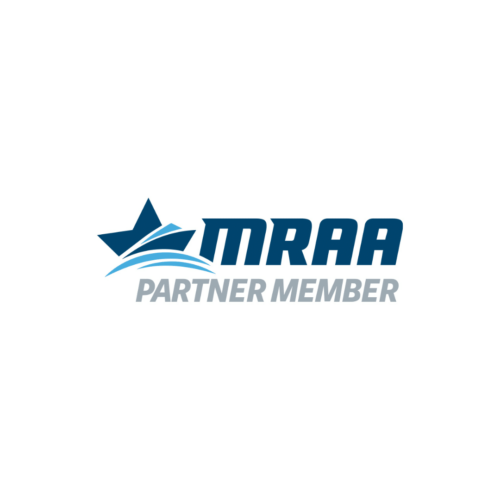In an unprecedented effort to sustain commercial and recreational fishing in the next several decades, the National Oceanic and Atmospheric Administration set the world’s first catch limits for every species of marine animal it manages from Alaska Polluck to Caribbean conch making an important shift in public policy that could easily impact recreational fishing and boating. There are approximately 528 species of marine animals being managed by the federal government.
Unlike most recent public policy debates divided along party lines in Congress, this decision was originally forged by a Republican president and finished with the backing of a Democratic president. Five years ago when President George Bush signed the re-authorization of the Magnuson-Stevens Act, which dates to the mid-1870s and governs all fishing in our country, language was inserted in the bill requiring each fishery to have animal catch limits in place by the end of the 2011 to end “overfishing.”
To date NOAA has set catch limits on 40 of the 46 fishery management plans and expects the remaining six plans to have catch limits by the beginning of the 2013 fishing season beginning on May 1. Some fish like Mahi-Mahi and Wahoo, a game fish in the southeast Atlantic, will have catch limits for the first time.
Until recently, regional management councils representing a mix of local interests and anglers wrote the rules of fish stocks and regularly used scientific advice to establish fish management plans. Critics of the NOAA decision, like MRAA, argue the new plan lacks the scientific data to justify the restrictions and seeks to undo them. Efforts are underway led by Rep. Frank Pallone (D-N.J.) and Rep. Water B. Jones (R-N.C.) to relax some of the new catch limits.
Anglers are increasingly concerned that fishing will be curtailed without sufficient justification due to the pressure exerted by environmental groups and even a few fishing groups.
To date controls over recreational fishing are spotty. NOAA has created an expanded dockside survey and will use new methods to analyze the results. After an annual catch limit is set for a recreational fishery, NOAA managers can adopt several measures, such as limiting the season or the size of fish that can be taken.
“Boating and fishing groups face a long battle to relax these new catch limits,” says Matt Gruhn, MRAA President. “MRAA is committed to the support of recreational fishing and recognizes the importance of a strong fishing industry for a strong boating industry. We will work hard to relax these new rules.”



